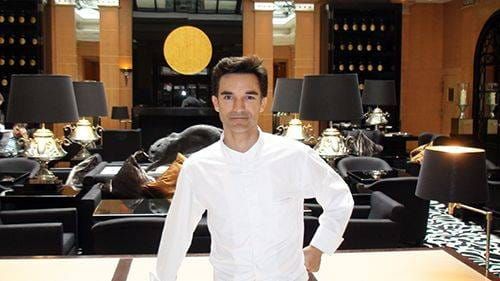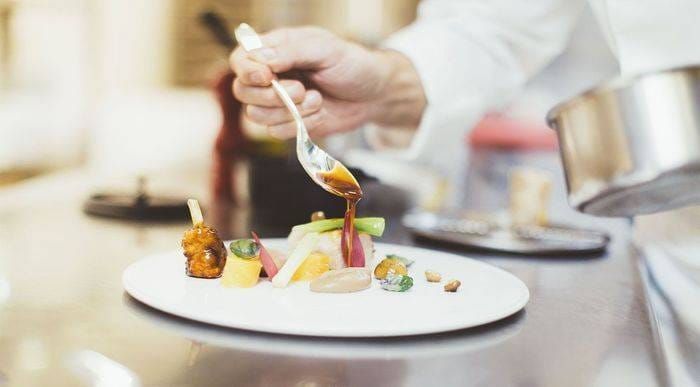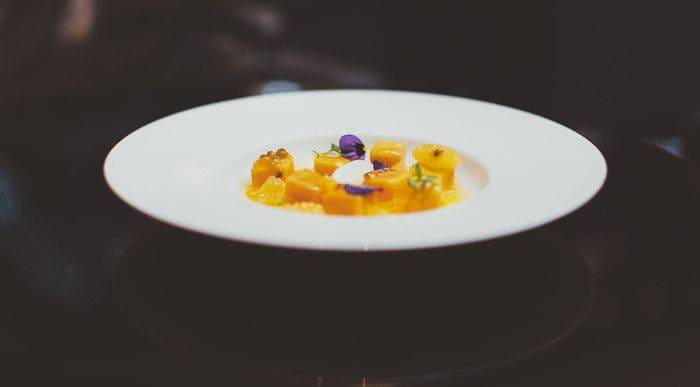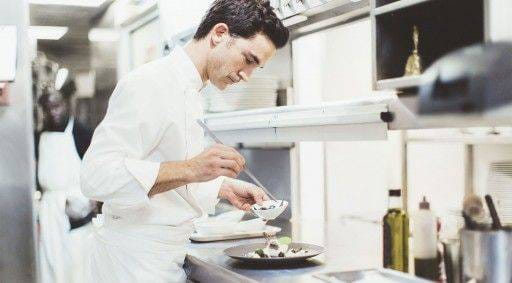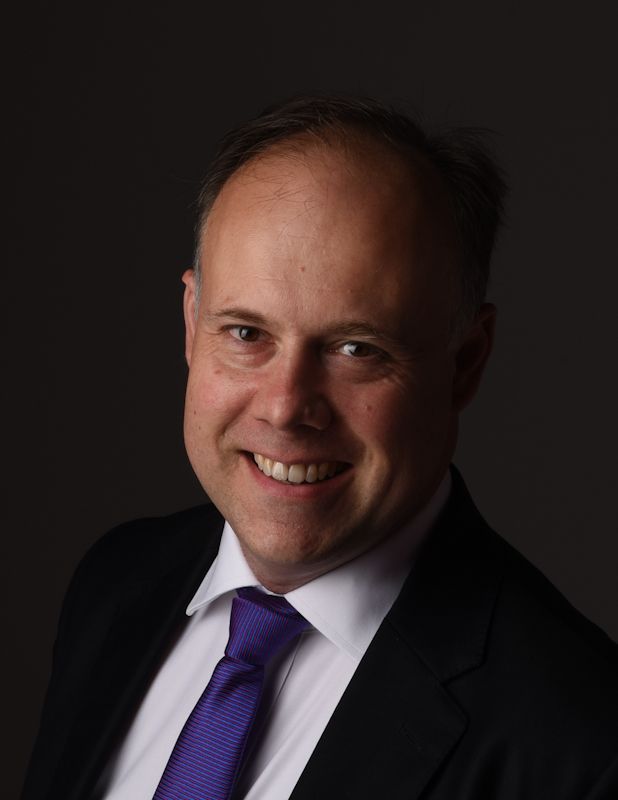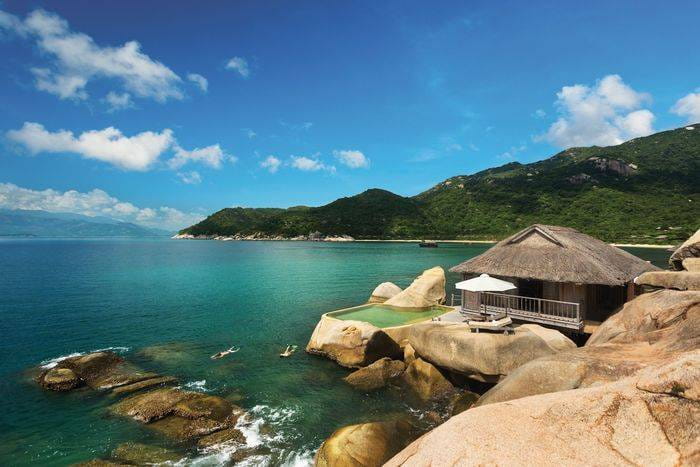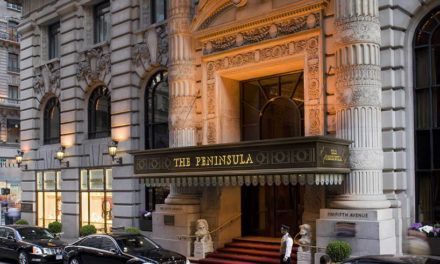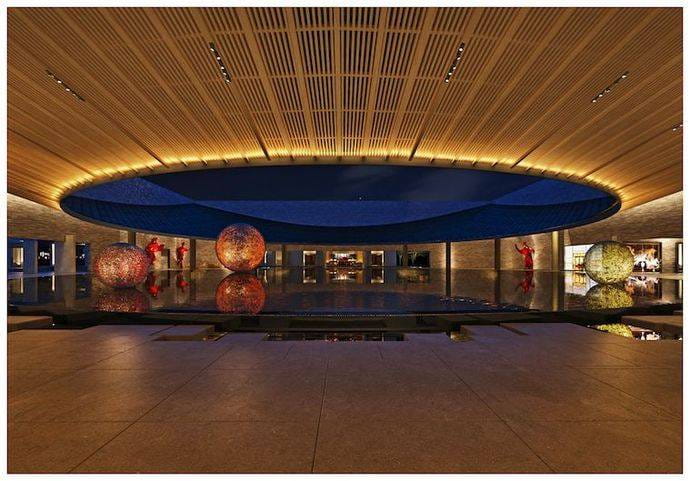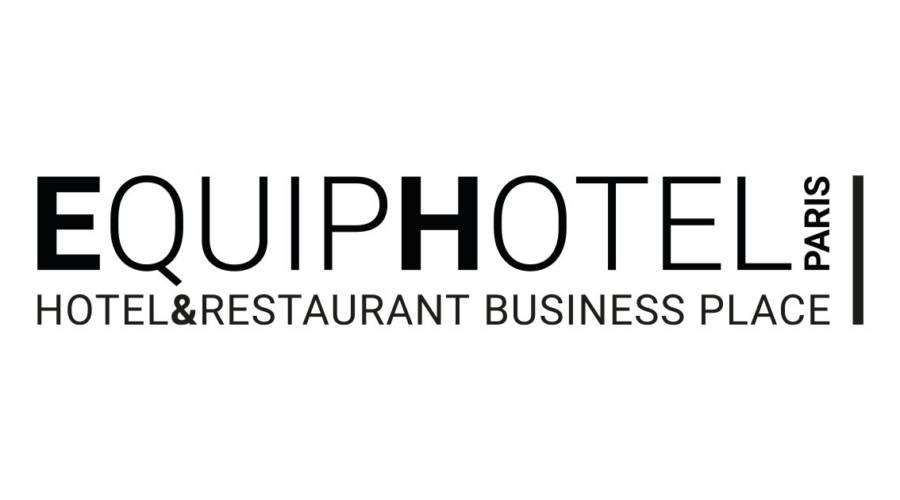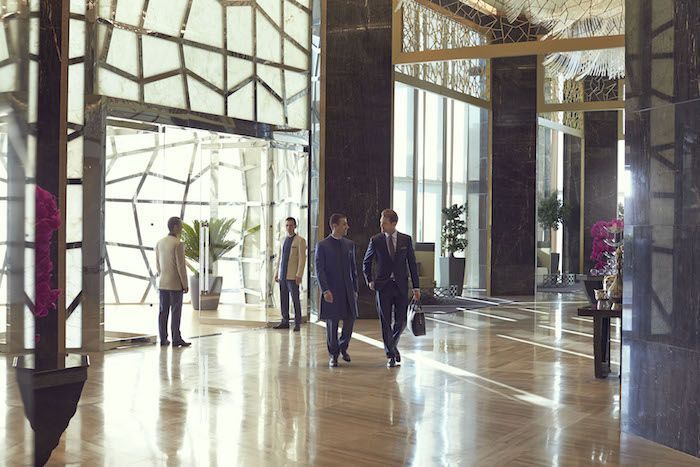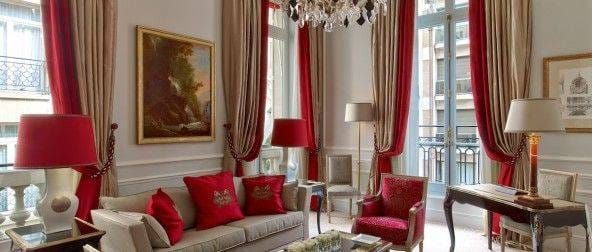A Voyage with Patrick Charvet, Chef
Upon meeting Patrick Charvet, the previous head chef at the Hyatt Paris Madeleine, it struck me that he is one of the rare chefs in France to have traveled around the world in search of new culinary horizons. To me, it seems more essential than ever these days to be able to go off in such explorations that I thought it would be helpful to share our exchanges on this question. It is an important one because it is my belief that we can no longer afford to only offer 100% traditional French cuisine. Of course, it’s important to preserve it, promote it, and offer it because it’s what many people love and look for across the entire world, but it’s also important to offer another alternative, one that is original and open to other cultures. I trust that our French chefs are capable of being inventive enough to offer a new vision of cuisine in the world, and it’s important to open themselves up even further to consumers from all four corners of the world.
You are someone who has traveled the entire world. What was the initial idea that inspired these travels? How did you tell yourself, “I’m going to go off on a world cuisine tour”?
It’s a fairly new trend. I was among the first, and this became an integral part of my personality. If I am in this profession, it’s because of a love of creation and traveling. I began this career with the feeling that anything was possible anywhere. I earned my first post as chef with a seasoned traveler at his restaurant « Voyageurs du Monde ». The two founders of the group offered to open a separate restaurant next to their offices. I read hundreds of books in order to map out a culinary cartography. The restaurant was called « Cuisine du monde ». Every day for lunch, I would feature a different country. My map allowed clients to travel across 5 different continents. It was about identity cuisine. After 5 years at this restaurant, traveling was the next logical step. In the beginning, it seemed impossible, but then, my friends encouraged me to brave it. I sent letters to around 20 different chefs abroad….and they all said ‘yes’ to me! At each destination, I learned about the local cuisine as much in the fine restaurants alongside the chefs as I did in the streets. I learned a lot just by talking to people. There are, behind them, all kinds of culinary traditions, the history of civilizations. In Morocco, for instance, the Spanish influence in the cuisine is a mark of history.
So off I went, a bit all over the place: in Croatia, Hong Kong, Indonesia, Guangzhou in China, the Spice Route in Sri Lanka, New York, Thailand…
Patrick Charvet cuisine
When I came back from my travel abroad, I created my business. The Buitoni family wanted to create restaurants that would be accessible to everyone through fresh pastas made with different recipes and that were not necessarily Italian. We’ve opened four different restaurants since. Unfortunately, this happened around the time of the financial crisis, so the funds for the project’s development didn’t follow through. We decided it would be best not to pursue the project.
This experience changed my life. It was a very enrichening experience. Afterward, we sold the restaurants, and I joined a project in Boulogne called Kitchen Studio during the boom of broadcast kitchen programs. I whipped up 150 plates on a fixed menu. At night, it was the cultural event. I worked in this environment for 2 years, and then my wife became pregnant. Following that, I wanted to channel my adventurous side. And I remember that what I liked the most was gourmet cuisine. It was at that time that Jean-François Rouquette, the chef at the Park Hyatt Vendôme, decided to reintegrate the kitchens, and so I became sous-chef for two years at his side, after which I then moved on to the Hyatt Paris Madeleine.
In your cuisine, what comes through from your past trips? How do you attempt to adapt to international clients?
There are several dimensions—including the new technology that we just discussed—that influence cuisine and explain its international dimensions. Clients at 5-star hotels expect a service with which they are familiar. Clients at noon, who tend to be business travelers, tend to look for something that’s both innovative and rustic. So the Jambon Coquillette, which you’ll find on my Fall-Winter menu, speaks to this. Jambon de Paris, truffles, and coquillette correspond to the conservative qualities that my clients also look for. The Parisian side, the return to childhood, and the truffle worthy of 5-star cuisine! We work according to the menu, which guides us according to the seasons, and the products that nature offers us. I’m someone who leans very much toward nature. Depending on the season, we have an entire range of products. Even while working with French seasonal products, the play of spices will give you flavors and colors. This is the richness produced by my experiences from my travels that helps us highlight our dishes.
Patrick Charvet cuisine
And as someone who has traveled? France is surely not the only country to do this?
That’s what interested me from the beginning; it was the idea of seeing what goes on in other places at the hands of French expatriate chefs abroad in order to discover their approach to French cuisine. There is a demand among foreigners to live out this French experience. They often imagine a ‘Louis XIV’ ambiance. Sometimes, they even reinterpret this approach in a very interesting manner that is unique to them. In Asia, for instance, the service staff are constantly tending to your every need. In the United States, the cuisine tends to lack finesse; most dishes there are too big and too heavy.
It was truly interesting to take part in this tour of the world to discover how each country has its own take on cuisine. I did remark that the art of welcoming is interpreted differently by each person. Even when there’s a formally drafted dialogue where we all say, “Hello,” we welcome the clients, take their coats, etc. and we sense that this is the human dimension that will go on to contribute to the success of the experience, which we cannot repeat elsewhere.
Have you learned any new culinary techniques?
Yes, of course, we cook the same dish with different techniques originating, for instance, from Asia. For the wok, the Chinese chef might set to work with a fry pan, boiling water, and ice-cold water before him. He’ll douse the vegetables for 4 seconds under hot water and then refresh it in cold water before putting it in the fry-pan to give it a crunchy texture. If you’re in Hong Kong and you try a dish that’s been cooked in a wok, it will be nothing like a dish prepared with a wok in Paris. And after all, in Asia, you don’t eat for pleasure, but for your health. You might begin a long meal with a very hot broth because it will relax your stomach. It’s a very different philosophy. In France, well-being isn’t taken into consideration in quite the same way. For instance, in France, we sometimes finish a meal with fruits because we find it to be pleasant, not because it’s necessarily digestible.
Patrick Charvet’s Kitchen
Laurent Delporte, an editor and conference speaker, is a strategic expert in the sector of hotels. A visionary, he brings his unique look on hotels in service to the decision-makers in the industry, whether to enhance the development of new projects or strategic visions.
Laurent has visited and audited over 350 hotels across the world and also participates in mystery visits to provide quality control for the world’s finest hotels.


 HOME
HOME


